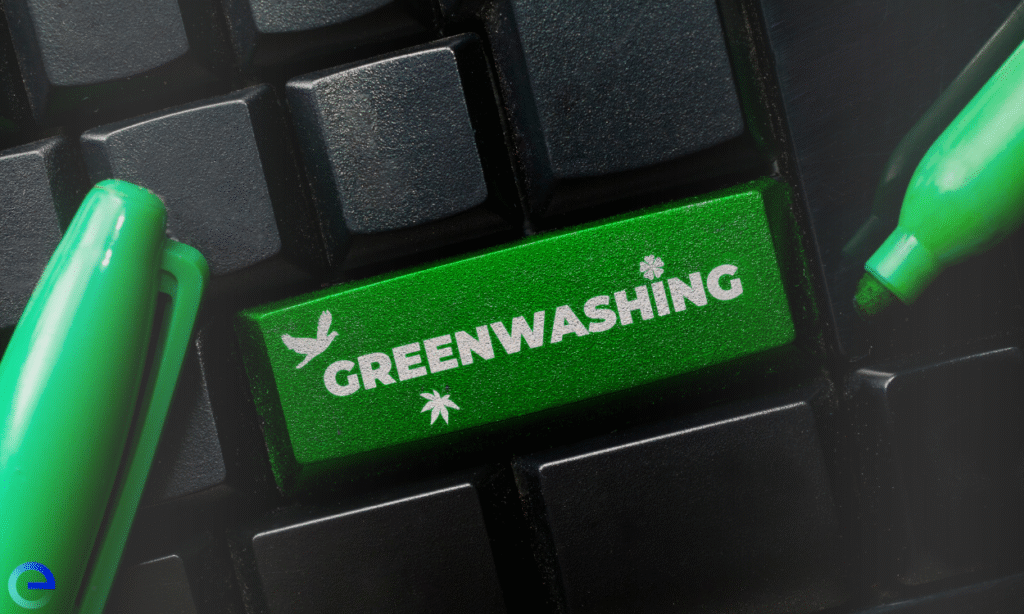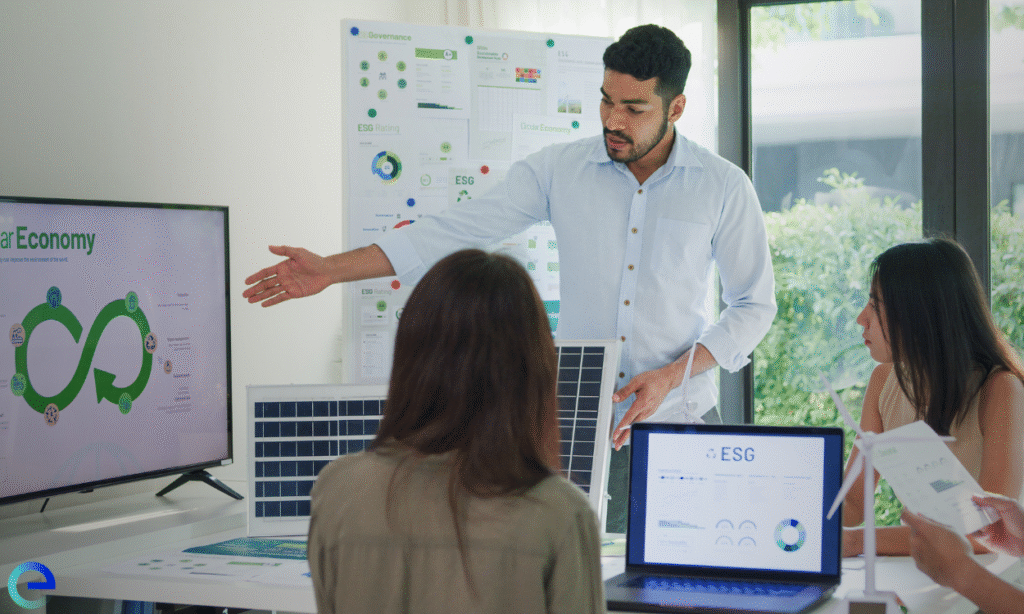Stay informed & inspired!
We love sharing insights and perspectives on the latest developments in ESG and sustainability.
Our aim is to create a platform where people can learn and engage with these important topics, and to help build a more sustainable future for all.
Whether you’re a student, professional, or simply interested in making a positive impact, we hope you’ll find our content informative and inspiring!
As we approach 2025, we highlight eight of the most significant EGS trends from 2026 onward to help companies and professionals be proactive and responsive to emerging challenges.
Carbon removal technology provides permanent storage solutions instead of temporary carbon displacement. Many organizations no longer deem carbon neutrality adequate. Companies aiming to become carbon negative (also known as climate positive) drive innovation in this sector.
Climate and environmental risks pose a unique threat to financial stability. Financial institutions must now cope with tougher regulatory oversight and required testing. A step-by-step guide for a better comprehension of ESG risk management through climate stress testing.
Organizations now must build detailed anti-greenwashing safeguards to protect themselves and stakeholders. ESG transparency asks for dedication, honesty, and constant alertness.
Building a sustainable supply chain is critical for ESG success, as supply chain emissions average 11.4 times larger than direct operational emissions. Learn about the critical steps and strategies to transform your supply chain into a competitive advantage.
The circular economy in business offers enormous financial potential and benefits that go beyond environmental impact. Businesses adopting circular initiatives are experiencing greater growth and competitiveness compared to those adhering to traditional linear models.
The article examines how companies can create a circular economy in business through grounded case studies and practical strategies that turn sustainability challenges into competitive edges.






